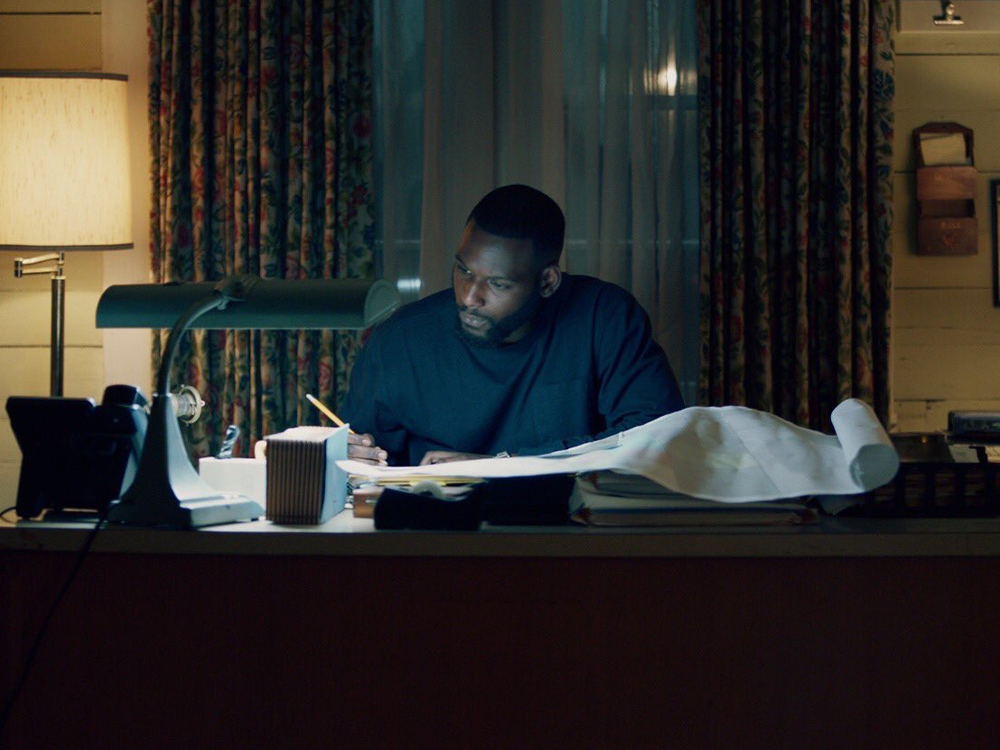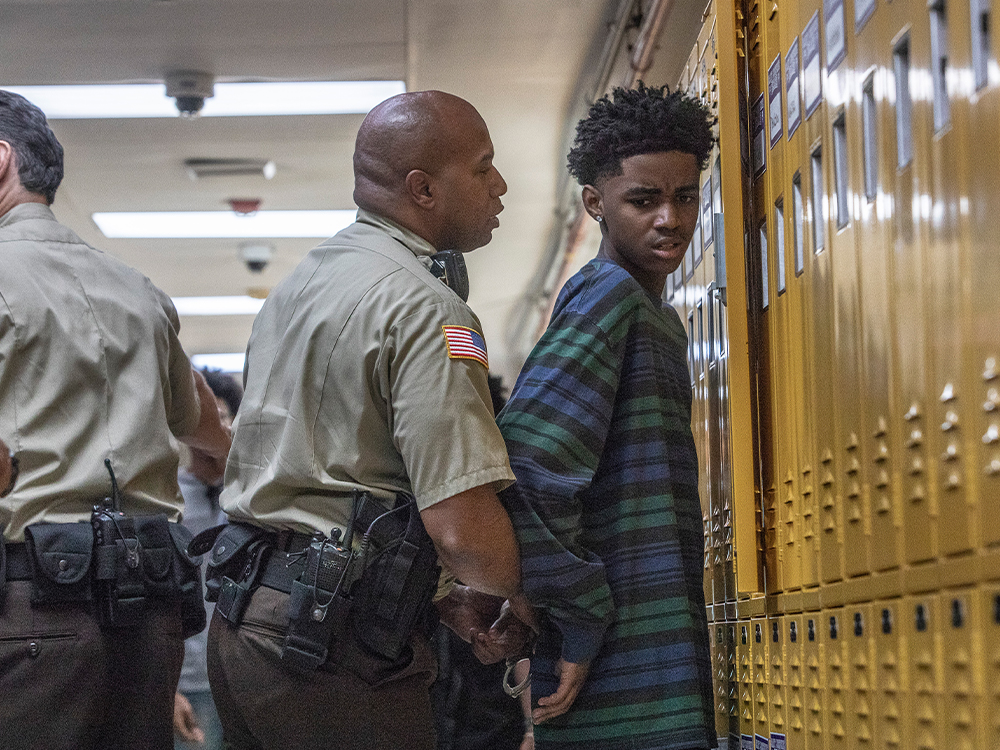The United States has the highest incarceration rate in the world. At the end of 2019, there were just under 2.1 million people behind bars in the U.S., including 1.43 million under the jurisdiction of federal and state prisons and roughly 735,000 in the custody of locally run jails. In 1972 the US prison population was approximately 200,000 persons and reached its peak in 2009.
Mass incarceration, whether it be through first time offenses or repeated offenses carries enormous fiscal responsibility for states and taxpayers. Costs per incarcerated person varies from state to state with expenditures ranging from $14,000 to $70,000 meaning many states are spending more money to incarcerate than to educate both K-12 and in-state higher education students. Critics believe that the benefits of prison reform and the development of robust wrap-around rehabilitation programs would ease the economic stress on state budgets, and research also indicates that inmates who participate in correctional education programs are 43 percent less likely to re-enter prison (Department of Justice Archives, 2017).
Here are the 10 states with the highest prison rates:
Louisiana
MISSISSIPPI
Oklahoma
Arkansas
Arizona
Texas
Kentucky
Georgia
Idaho
Florida
Select
- Identify the state you live in and then select 1-2 other states to research.
Find and Research
- How many prisons are in each state?
- How much does each state spend on prisons?
- How many public colleges are in each state?
- How much does each state spend on public colleges?
- How much is spent on K-12 education per student?
- Are the prisons in each state state-owned or for-profit?
- What does prison reform look like in your state? Click on the links to learn about how advocacy groups, lawmakers and formerly incarcerated people are reimagining the criminal justice system.
Reflection Questions
- What are some of the strategies that are being used to reform criminal sentencing?
- Based on how your state spends money, what do you think its values are?
- Based on what you have learned here, should society abolish, reform or keep prisons the same?
- How does capitalism influence the prison industrial complex?
- What are some of the factors that drive the demand for prisons?
- What are some of the factors that drive crime?
Additional Resources
The Sentencing Project: 30 Years of Fighting to End Mass Incarceration
New Ways Private Prisons Are Making Billions | System Error
Free the Vote
Changes in sentencing law and policy, not changes in crime rates, explain most of this increase. These trends have resulted in prison overcrowding and fiscal burdens on states to accommodate a rapidly expanding penal system, despite increasing evidence that large-scale incarceration is not an effective means of achieving public safety.
“In January 2021, US President Biden signed an executive order ending federal contracts with private prison companies. But did it go far enough? A year on, the companies have already found loopholes. Private prisons have been proven to be less safe for inmates and staff, and have higher rates of violence. But the companies have read the tea leaves and have expanded into new profit areas. Will there be a repeat of their desire to put profits over people?”
Voting laws will exclude 5.2 million Americans from participating in the 2020 election, but some reforms are opening up our democracy to voices long silenced. Free the Vote introduces you to four Americans eager to vote and gain their rights of citizenship.





